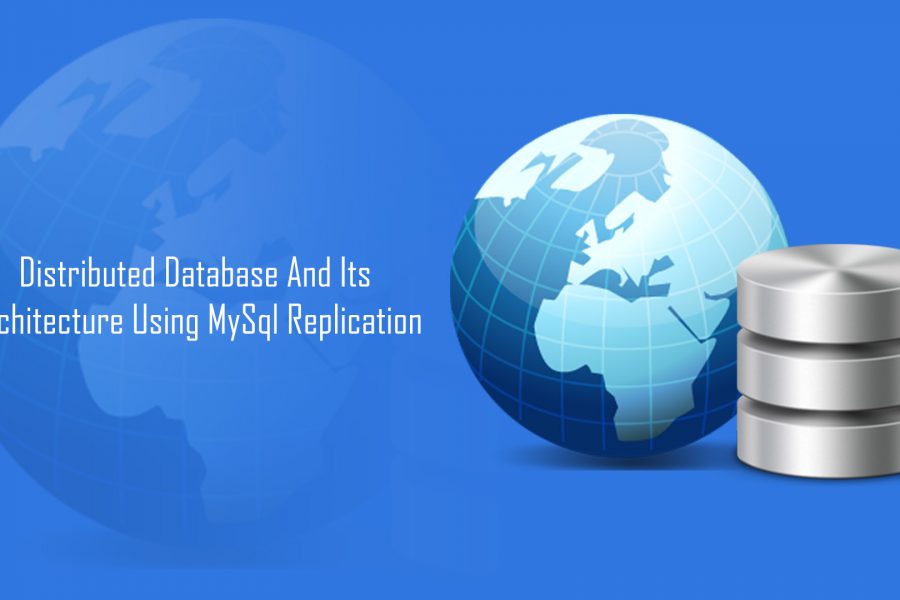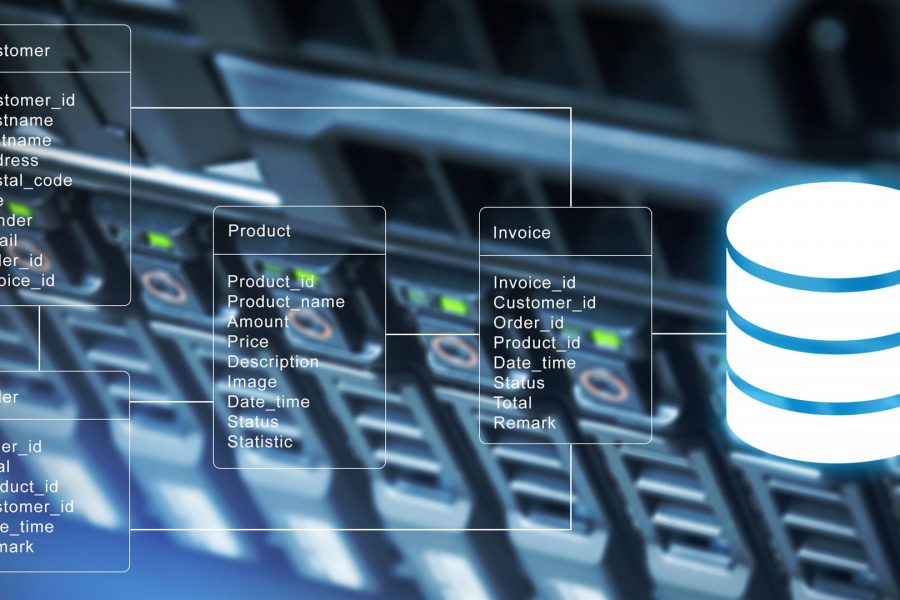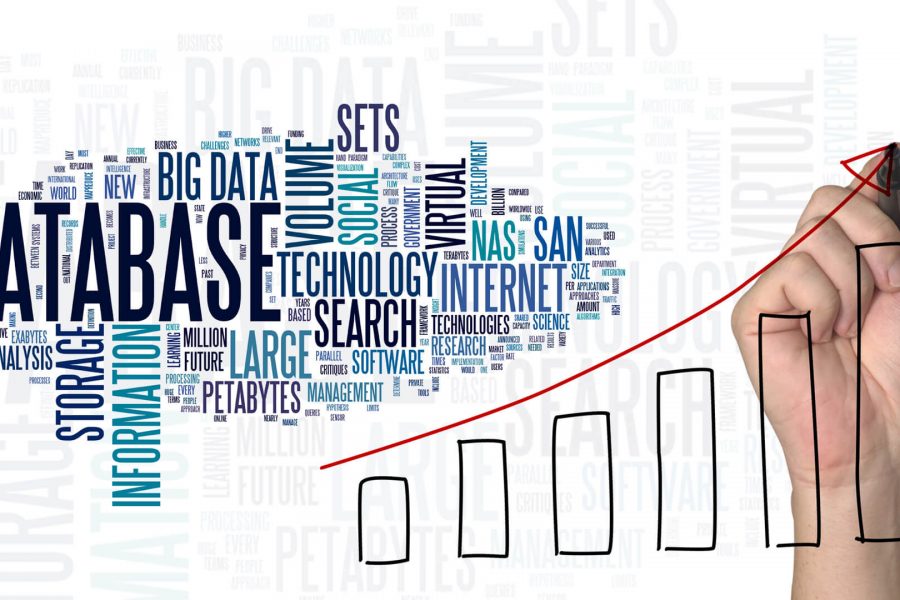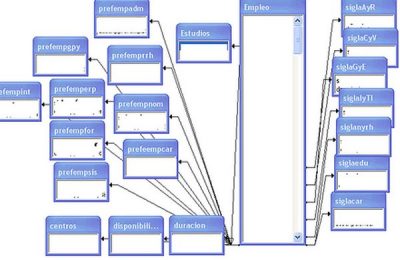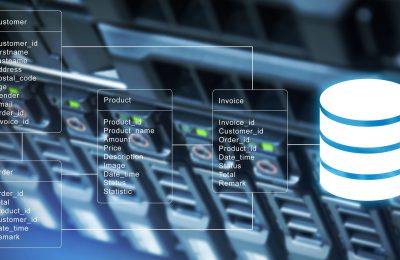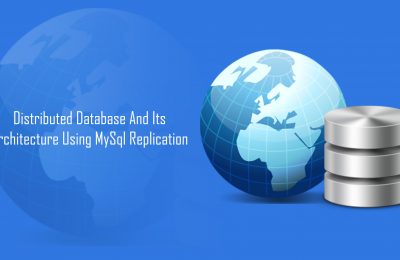Advanced Posts
Six Reasons Why You Should Learn SQL
SQL or Structured Query Language is a programming language that is used for database interaction. It understands and analyzes the...
Common Misunderstanding With NoSQL
I’ve been trolling the internet and kept running into articles where people are constantly miss-reading what NoSQL stands for: NoSQL...
Non-SQL xBase Databases And Tools
List most of the Free or Open Source databases available on Linux that do not fit cleanly into the SQL...
Taking Refuge In Simplicity
SQLFreeNYC is devoted to bringing together the people and technology to advance data storage solutions beyond legacy relational technology. This...

Technology
-
March 5, 2019
Six Reasons Why You Should Learn SQL
SQL or Structured Query Language is a programming language that...
-
March 2, 2019
Taking Refuge In Simplicity
SQLFreeNYC is devoted to bringing together the people and technology...
-
March 5, 2019
Six Reasons Why You Should Learn SQL
SQL or Structured Query Language is a programming language that...
-
March 4, 2019
Common Misunderstanding With NoSQL
I’ve been trolling the internet and kept running into articles...
Graph Databases
-
Posted On: 5 Mar 2019
SQL or Structured Query Language is a programming language that...
-
Posted On: 4 Mar 2019
I’ve been trolling the internet and kept running into articles...
-
Posted On: 3 Mar 2019
List most of the Free or Open Source databases available...
Explore Databases
From Our Blog
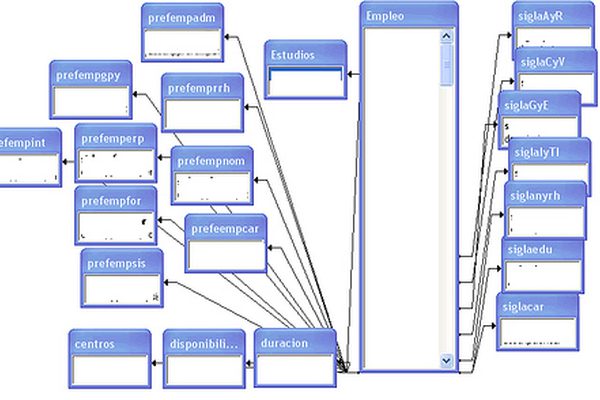
Six Reasons Why You Should Learn SQL
SQL or Structured Query Language is a programming language that is used for database interaction. It understands and analyzes the database that consists of enormous data within the tables.
SQL has a very long history. During the 1970s Donald Chamberlin and Raymond Boyce who were the engineers from IBM designed the first version to retrieve data from the company’s database. When it was first developed, it was called a SEQUEL. But later it was changed to SQL because of trademark issues. In this article, we will see why it is important to learn SQL.
Data Mining
Having proper in SQL language lets you mine the data with better efficiency. A person with good SQL knowledge can easily identify specific data at a particular time. They can also view, monitor and update the activity.
SQL Programmers in High Demand
If you are an expert in the language, there are no second thoughts on the fact that finding a job is a piece of cake. According to the surveys, the demand for SQL programmers has increased drastically in the last two years when compared to other programming languages such as Javascript, C+, Python, and PHP.
Data Manipulation
One of the areas where SQL is very effective is data manipulation. It is because SQL allows witness and access the data in the exact way it exists through which you can also know the working process. When compared to any other language manipulating and testing the data will be easier with SQL. One of the important aspects of SQL is that the data stored is dynamic. It means the data that is stored can be changed and manipulated with the use of simple and basic quires.

Combine Data from multiple sources
Combining data from two or more sources is not as easy as it sounds. In general, it is a nerve-wracking and time-consuming task. But it is not the case when it comes to SQL. It easily merges the data from two or more sources with very simple procedures. All you need to do is specify the fields, and it takes care of the rest.
Manage large data pools
Managing large pools of data is one of the most difficult activities in the tech world. The traditional and the conventional methods can be used to only data up to certain levels. When it exceeds a particular point, it becomes hard to maintain and manage. In SQL the size of the data does not matter. Whether it is just 100 records or 100 million records, SQL would be a perfect choice.
Servers and Database
If you are managing any servers or if you are creating your own servers SQL will definitely come in handy. By gaining proper knowledge in SQL, you will be able to navigate through the web easily which is normally a confusing task.
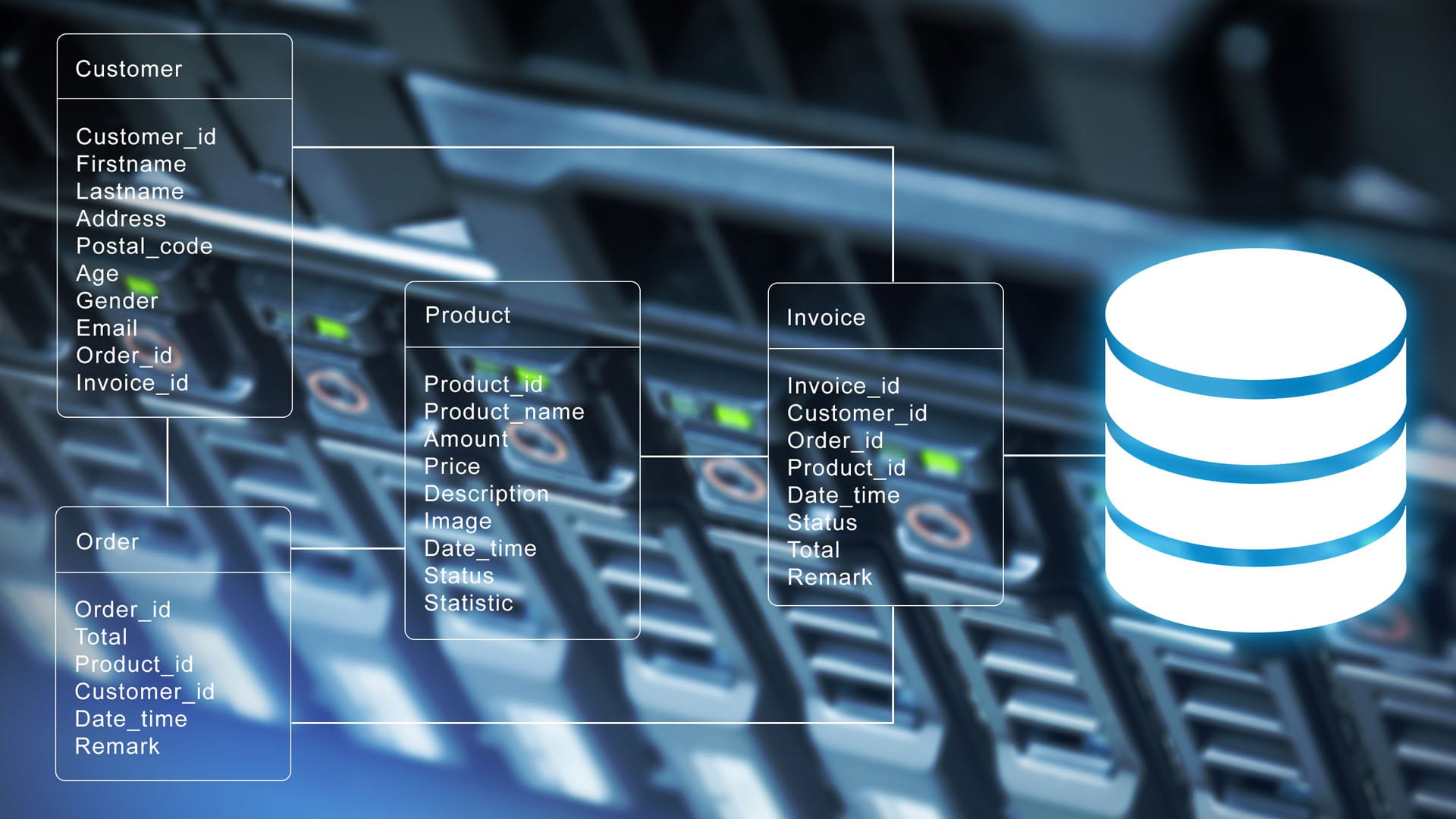
Common Misunderstanding With NoSQL
I’ve been trolling the internet and kept running into articles where people are constantly miss-reading what NoSQL stands for:
- NoSQL is NOT “Never SQL”
- NoSQL is NOT “No To SQL”
NoSQL stand for “Not Only SQL“.
There are currently four (emerging) NoSQL Categories:
- Key value stores
- Based on Amazon’s Dynamo Paper
- Data model: (global) collection of K-V pairs
- Example: Riak, Voldemort, Tokyo*
- Column Family or Big Table Clones
- Based on Googles Big Table Paper
- Data model: big table, column families
- Example: HBase, Hypertable, Cassandra
- Document Databases
- Inspired by Lotus Notes
- Data model: collection of K-V collections
- Example: CouchDB, MongoDB
- Graph Databases
- Inspired by Euler & graph theory
- Data model: nodes, rels, K-V on both
- Example: AllegroGraph, Sones, Neo4
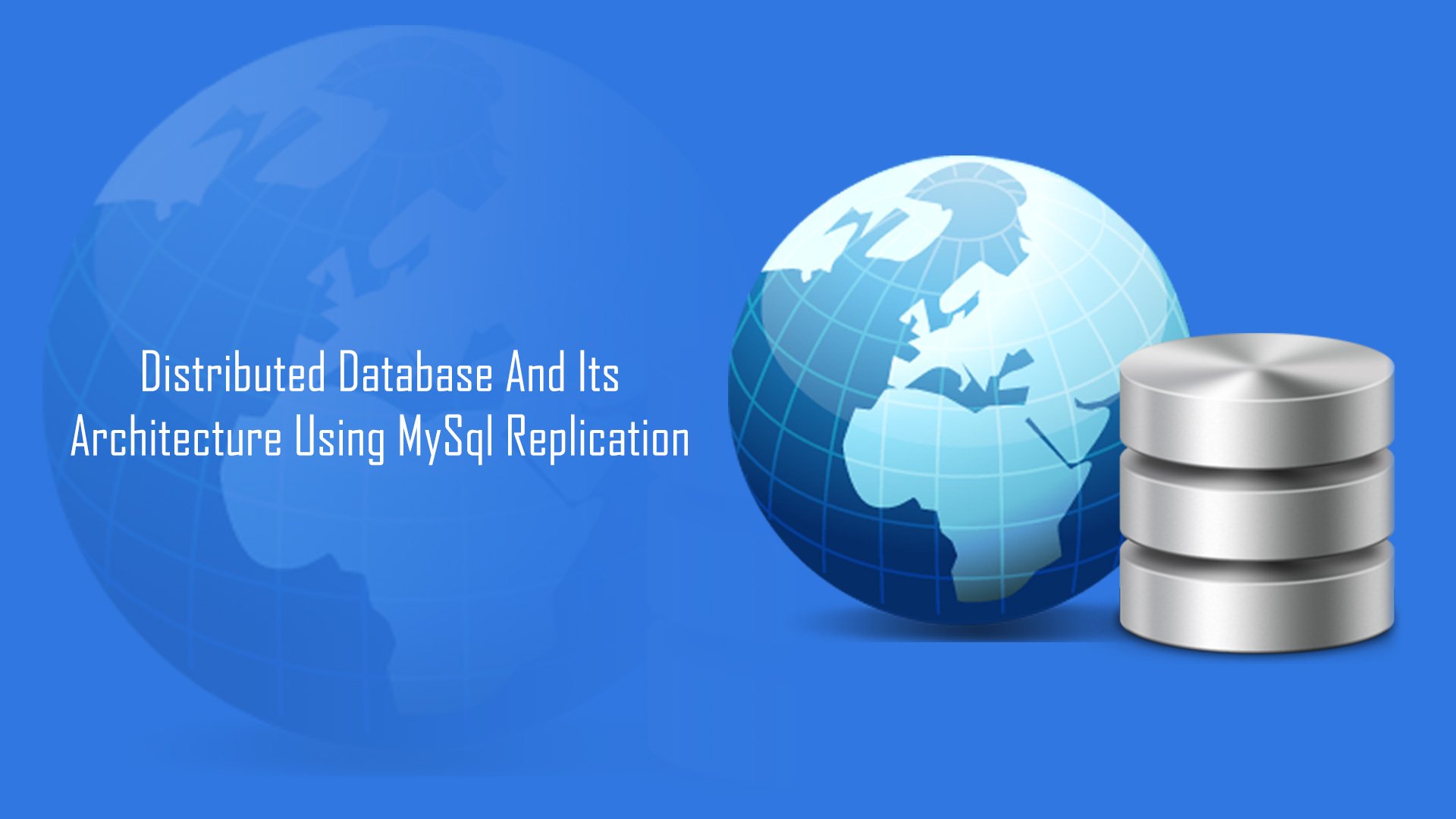
Non-SQL xBase Databases And Tools
List most of the Free or Open Source databases available on Linux that do not fit cleanly into the SQL arena. This page will list xBase style databases systems
Various xBase implementations are available for Linux:
FlagShip — essentially a Clipper “clone”; it compiles dBase III+ (and higher) code, and reads and writes related file formats. Free Personal FlagShip is an unlimited 2-user version similar to the commercial Personal license, but intended strictly for personal use or for development of database applications distributed for free (whether Public Domain or Open Source).
The Harbour Project — building a Clipper “clone” for DOS and Unix that is freely redistributable.
PlugSys International
Recital
CodeBase
DBF to other formats conversion software
X2c — a portable xBase compiler.
Xbase — a collection of specifications, programs, utilities and a C++ class library for manipulating xBase type datafiles and indices.
XBSQL — a wrapper library providing an SQL-like interface to the Xbase DBMS.
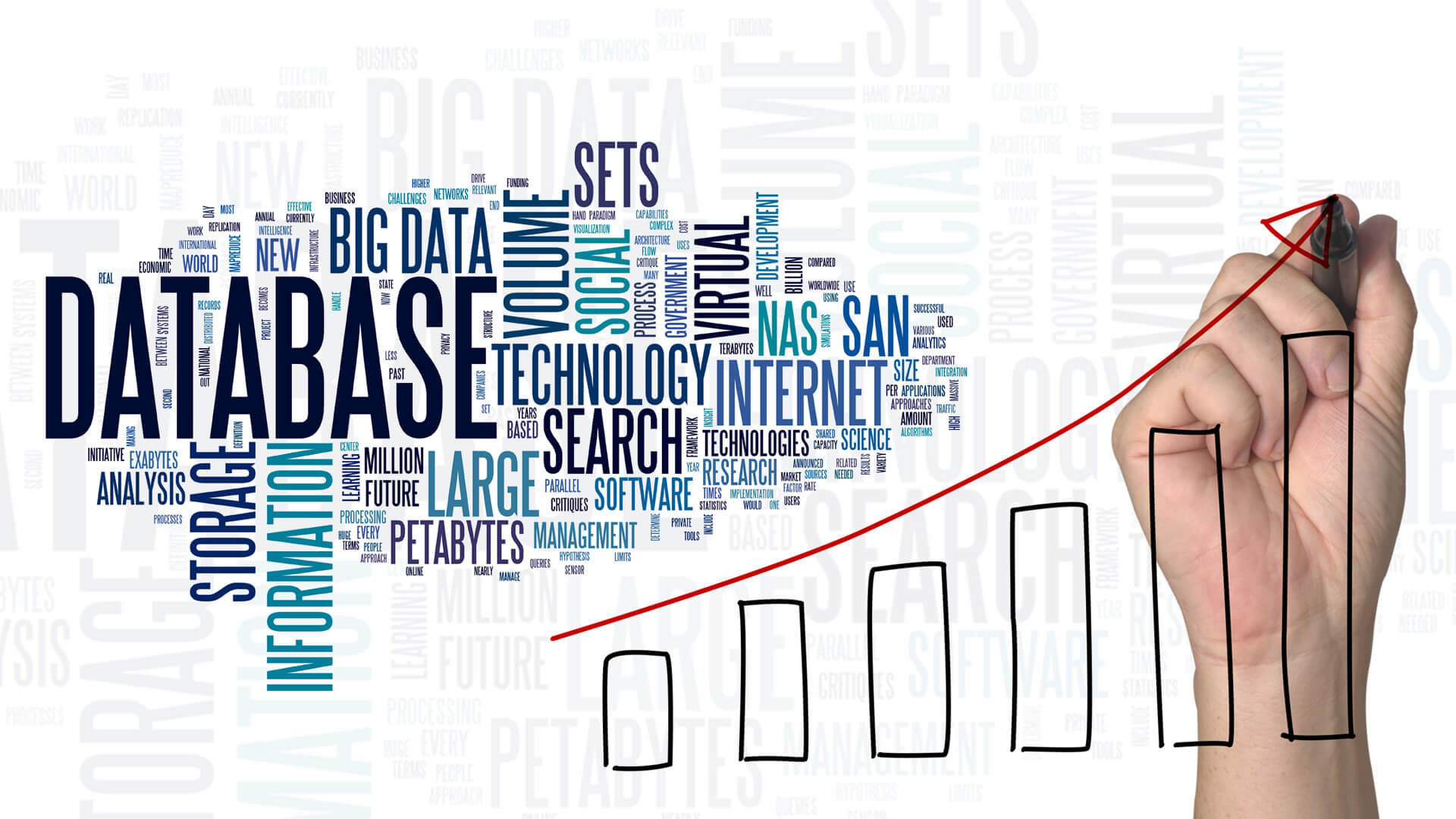
Taking Refuge In Simplicity
SQLFreeNYC is devoted to bringing together the people and technology to advance data storage solutions beyond legacy relational technology. This is the movement which encompasses NoSQL.
We strive for simplicity because life is too long to spend it writing SQL, dealing with object-relational mappings and constantly organizing your data around the needs of your database rather than vice-versa.

Data Model And Queries
There is a huge variety of data models and query API to NoSQL databases. (Relevant references Thrift, Map/Reduce, Thrift, Cursor,Graph, Collection, Nested hashes, get/put, get/put, get/put) System column family (columnfamily) is used in Cassandra and HBase, and her idea was instilled in them from documents describing the Google Bigtable (Cassandra though a bit away from the ideas of Bigtable and introduced supercolumns). In both systems, you have rows and columns like you used to see, but the number of rows is not large: each line has more or fewer columns, depending on the need and the columns cannot be determined in advance. System key/value itself is simple, and not complicated to implement, but not effective if you are only interested in the query or updating of the data. It is also difficult to implement complex structures on top of distributed systems. Document-oriented databases are essentially the next level of systems, key/value, allowing nested data to associate with each key. Support for such queries is more effective than just returning the entire BLOB each time. Neo4J has a unique data model, storing objects and relationships as nodes and edges count. For queries that correspond to that model (e.g., hierarchical data), they can be a thousand times faster than the alternatives. Scalaris is unique in the use of distributed transactions across multiple keys. A discussion of the tradeoffs between consistency and availability is beyond the scope of this post, but this is another aspect that must be considered in the evaluation of distributed systems.

